Crop Treatments
All Crop Treatments Content
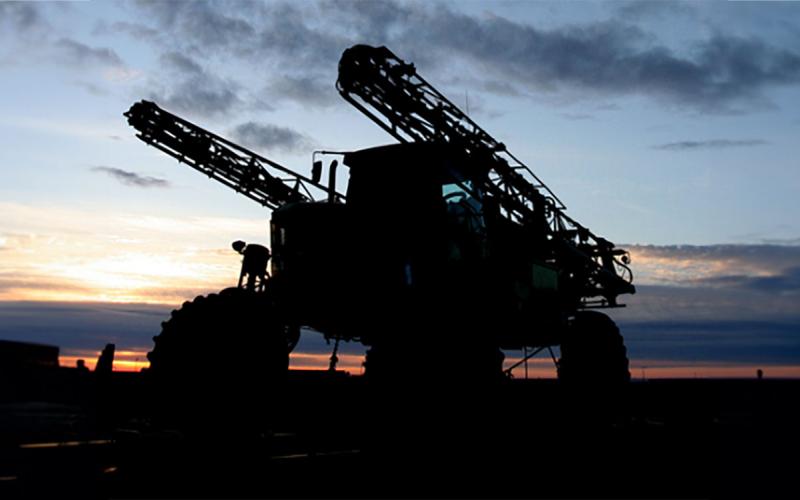
Private Applicator Training for Crops
SDSU Extension will host a free private applicator training for crops on February 11, 2026, from 1:30 - 4:30 p.m. CT (12:30 - 3:30 p.m. MT). Participants have the option to attend online or at various locations across the state.
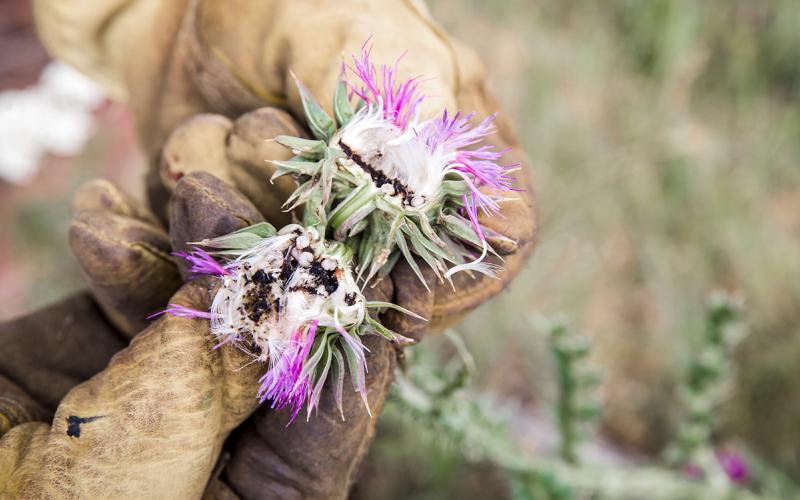
Now is the Time to Plan for Noxious Weed Control in 2026
Most of South Dakota experienced first frosts that were delayed by at least one month, allowing for noxious weed growth to continue later in the season. Now is the time to plan for noxious weed management tactics.
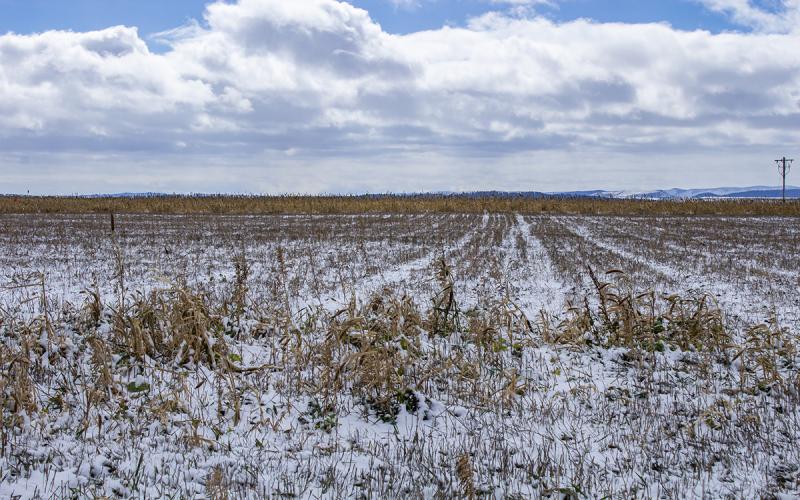
Now is the Time to Prepare Your Weed Management Plan for the 2026 Growing Season
As harvest season comes to an end, now is the time to start formulating your weed management plan for next year. Learn some expert tips for getting your operation off to a good start this coming growing season.

Private Applicator Training for Crops
SDSU Extension will host a free private applicator training for crops on April 15, 2026, from 1:30 - 4:30 p.m. CT (12:30 - 3:30 p.m. MT). Participants have the option to attend online or at various locations across the state.
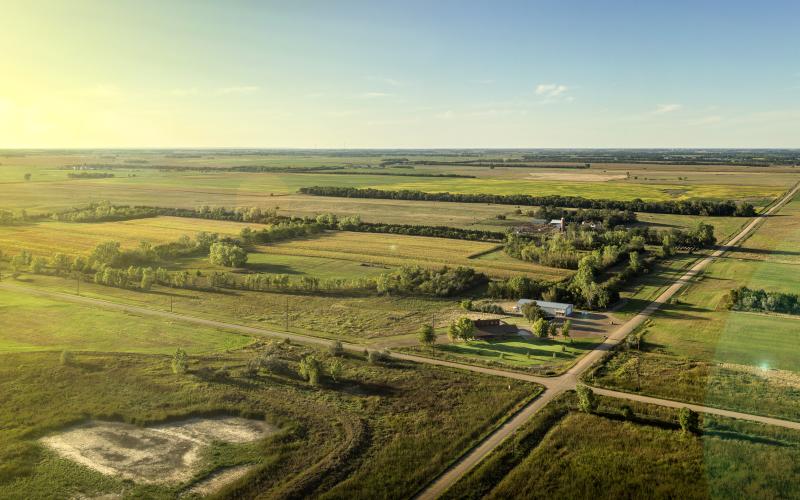
Crops
During the growing season, SDSU Extension provides weekly production recommendations.
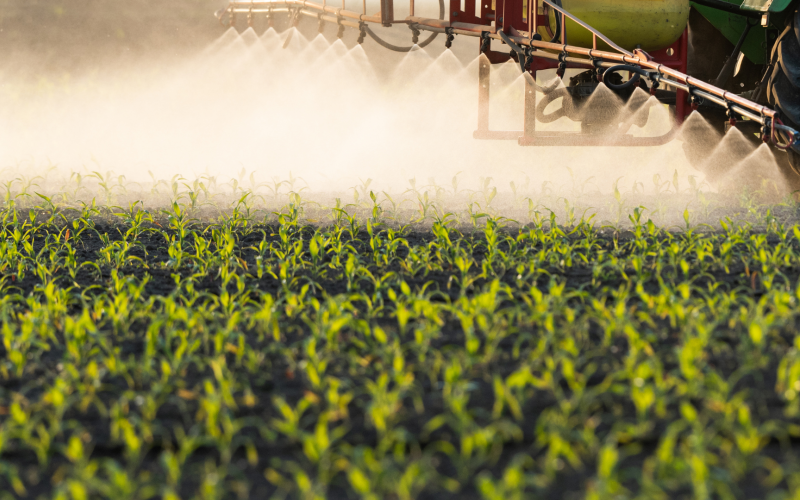
Private Applicator Training for Crops
SDSU Extension will host a free private applicator training for crops on January 21, 2026, from 1:30 - 4:30 p.m. CT (12:30 - 3:30 p.m. MT). Participants have the option to attend online or at various locations across the state.

Noxious and Pasture Weed Plot Data Report
Data books to use as a reference to select appropriate herbicide(s) for noxious and pasture weed
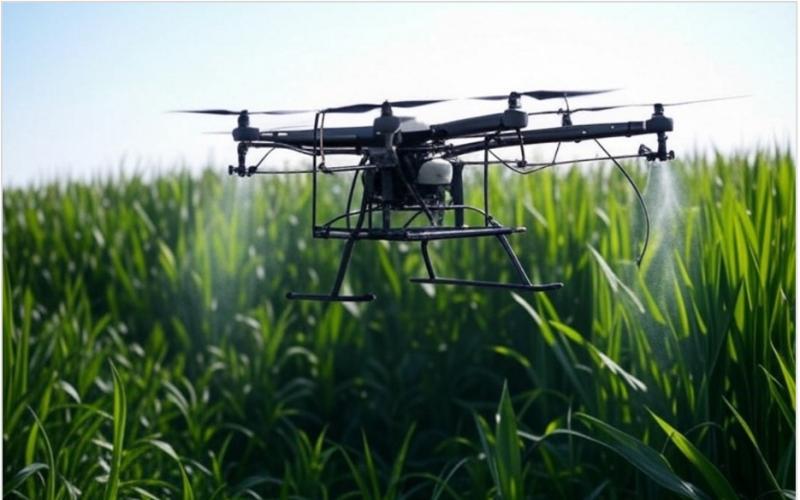
Required Licensing For Applying Pesticide Using Spray Drones
Fact sheet for South Dakota stakeholders wanting to get certified to apply pesticides with a spray drone.
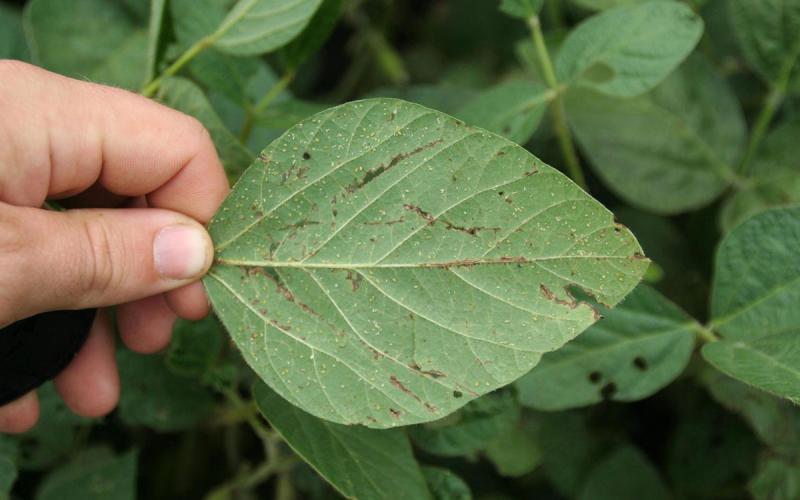
Should I Spray for Soybean Aphids at the End of August?
Soybean aphid populations are persisting in many soybean fields throughout eastern South Dakota. In many cases, these soybean aphid populations are either at the 250 aphids per plant threshold, or very close.
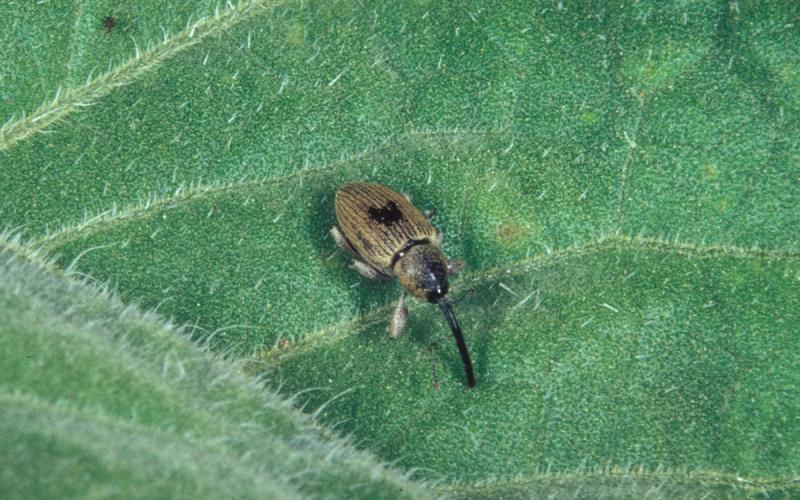
Did Malathion Effectively Manage Your Red Sunflower Seed Weevils?
Now that the August 31 deadline for the application of products containing malathion for red sunflower seed weevil management has passed, it is time to determine if the product was effective. South Dakota State University entomologists have received varying reports on this topic.